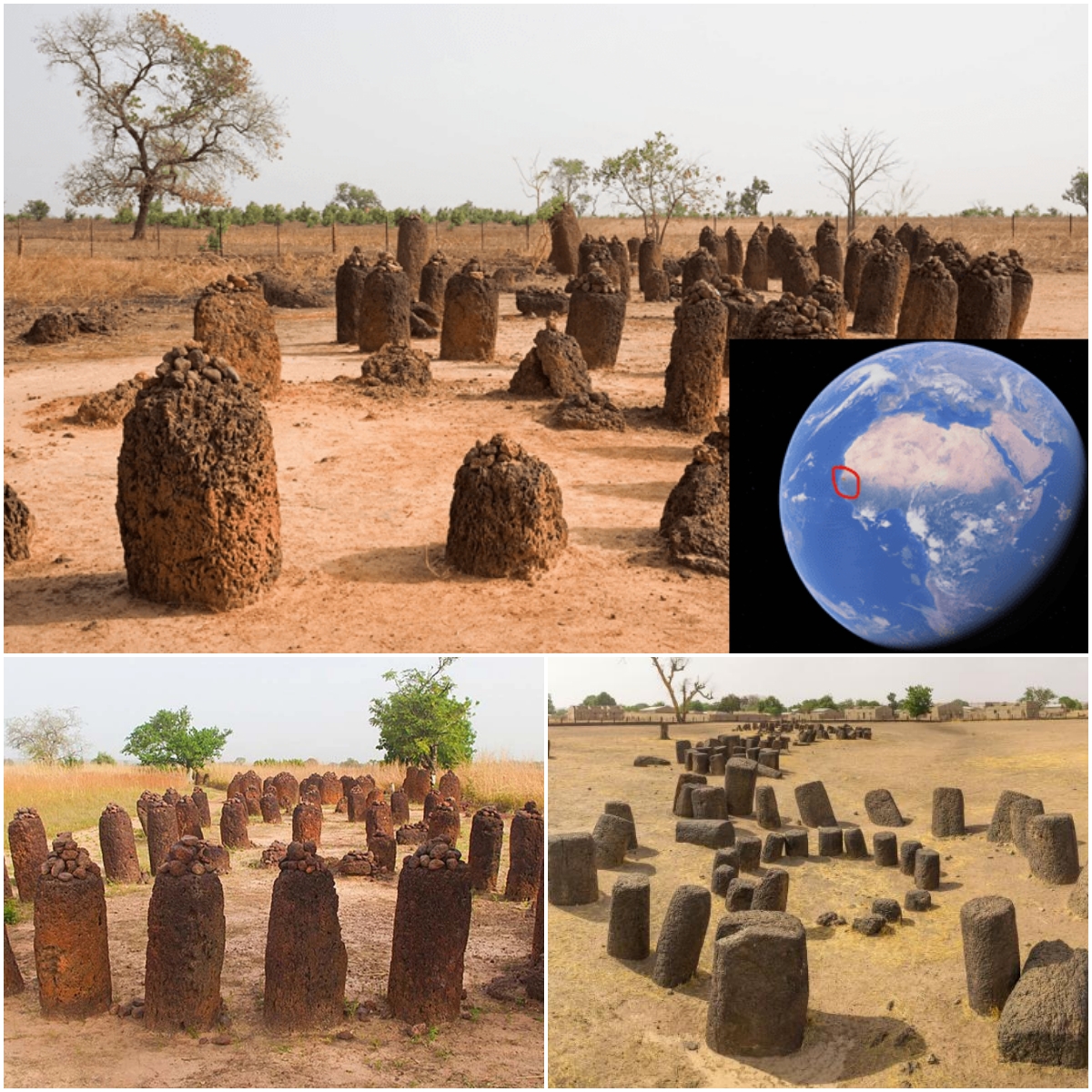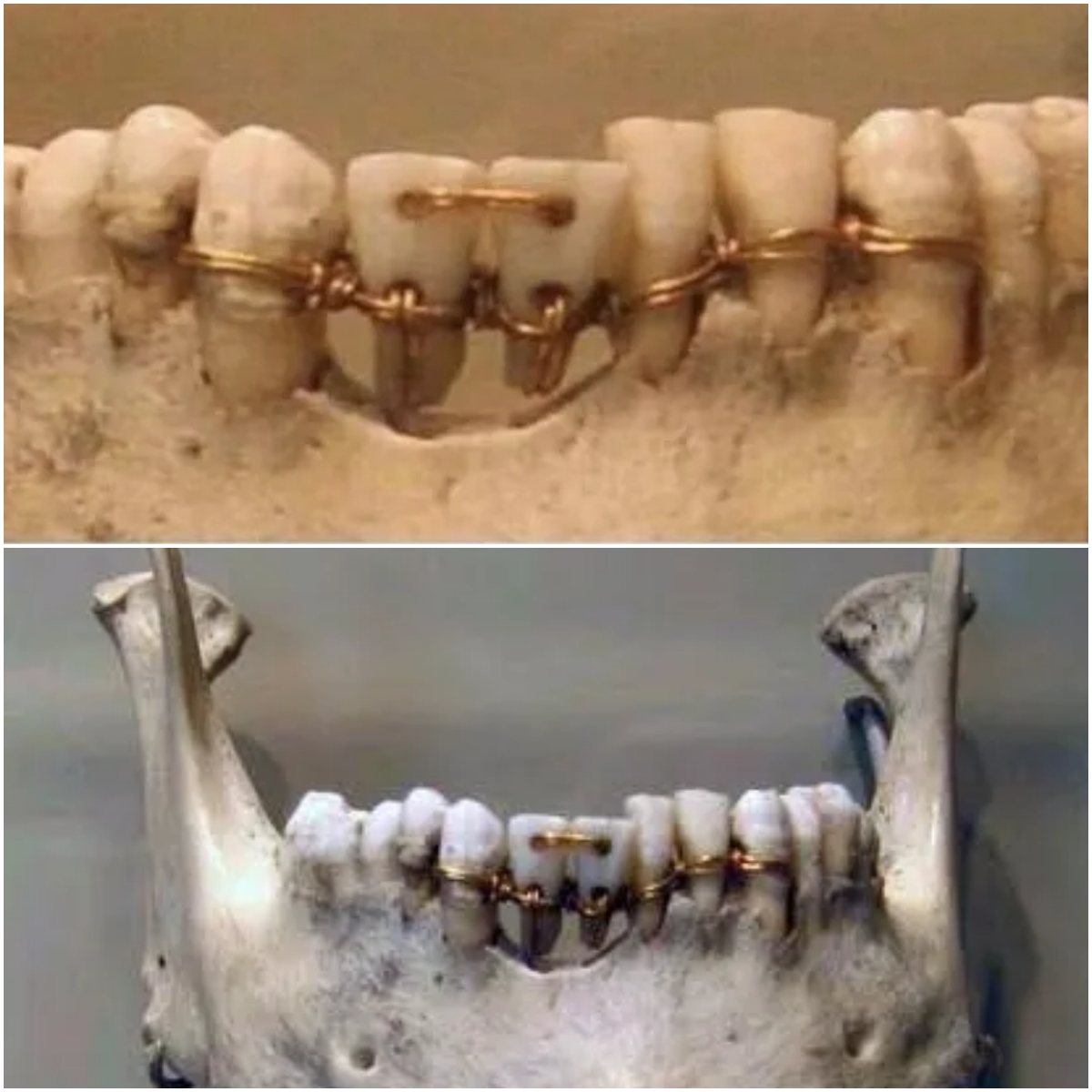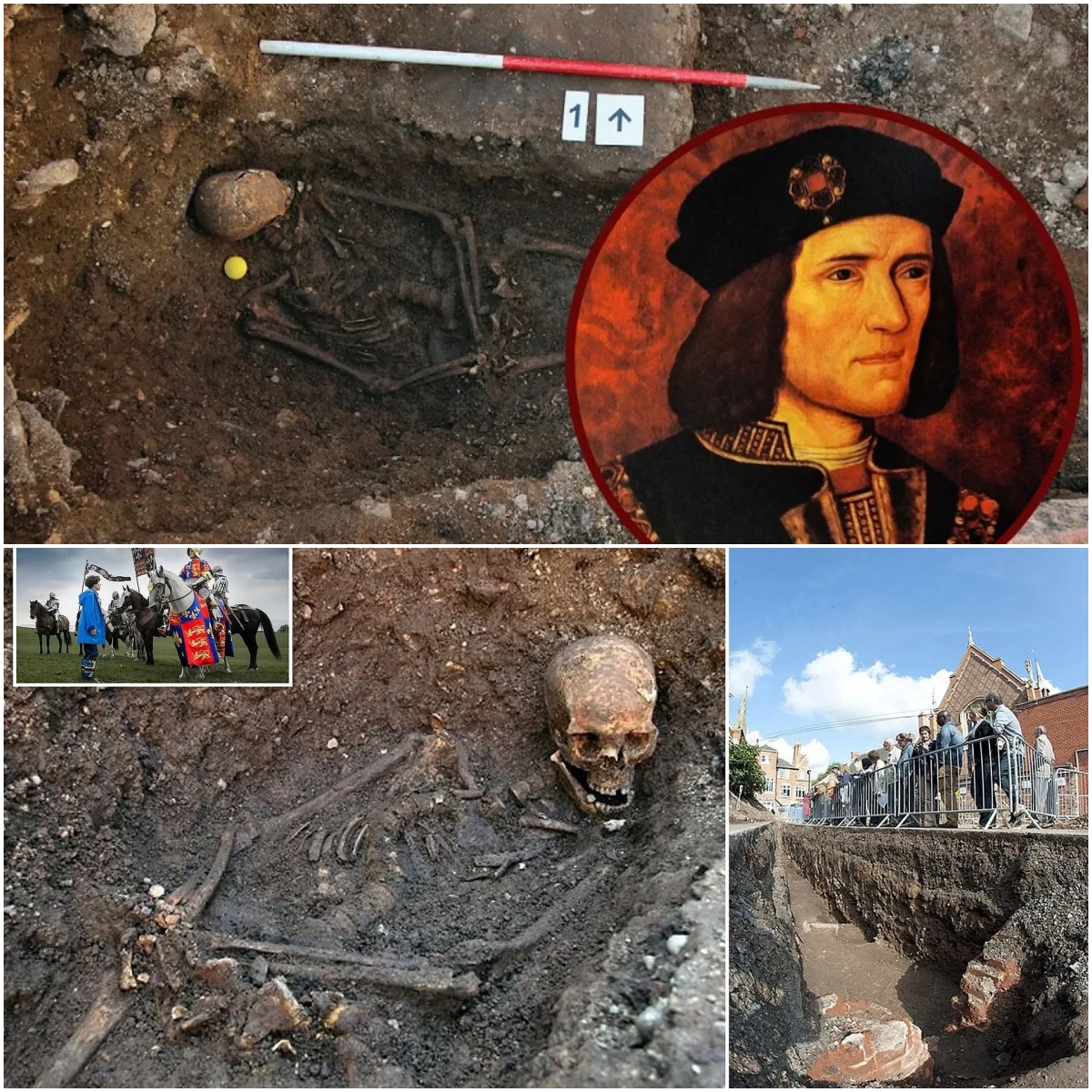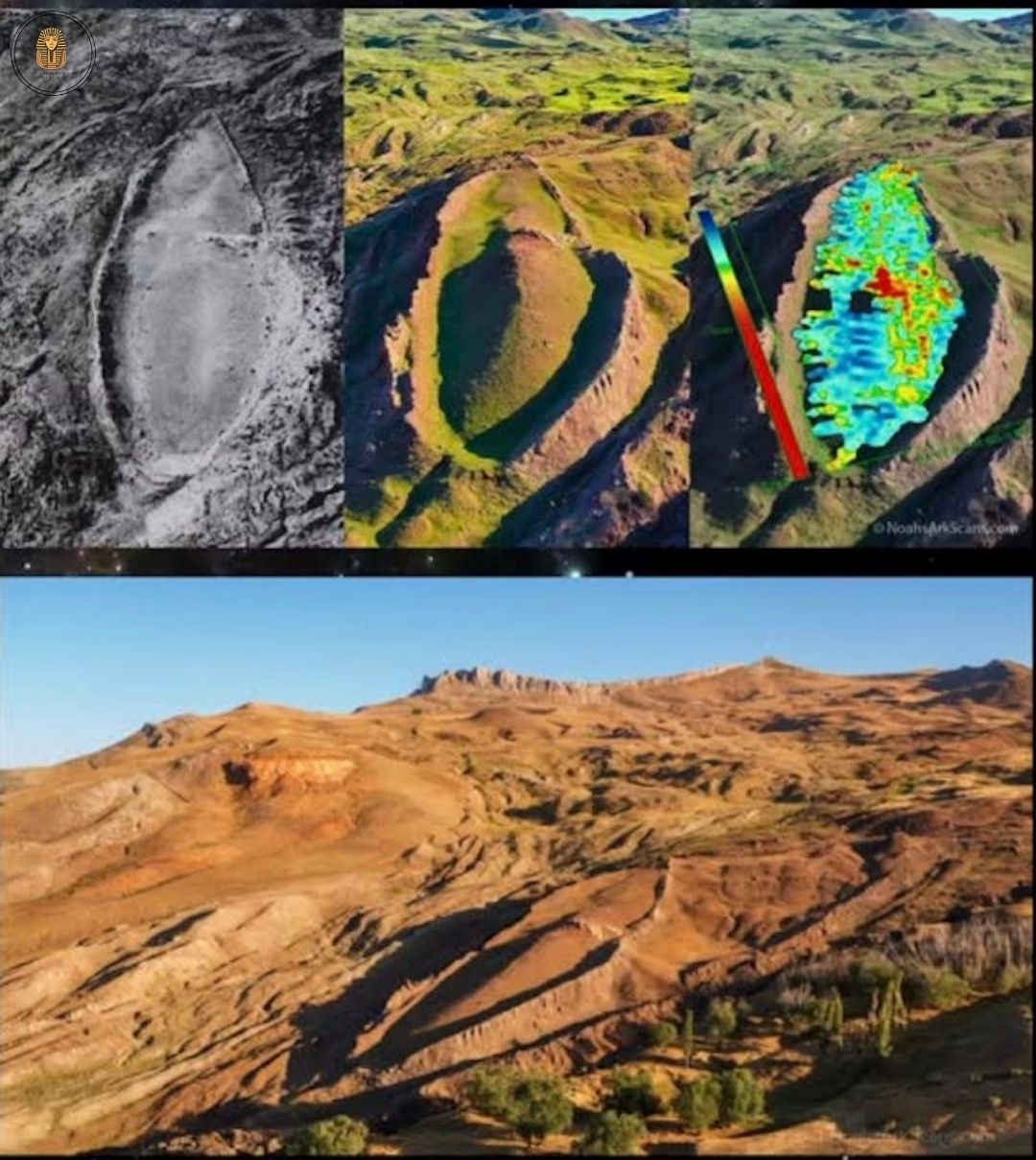The face of Seti I is one of the best preserved in the entire history of Ancient Egypt. He died 3,298 years ago and reigned while at one of the richest peaks in Egypt.
The 3,298-year-old mummified face of Egyptian Pharaoh Seti I: it was black

Ever since Europeans and Arabs invaded Kemet/Africa over a thousand years ago, they have been fascinated and obsessed with the vast knowledge and heritage that the African continent holds.
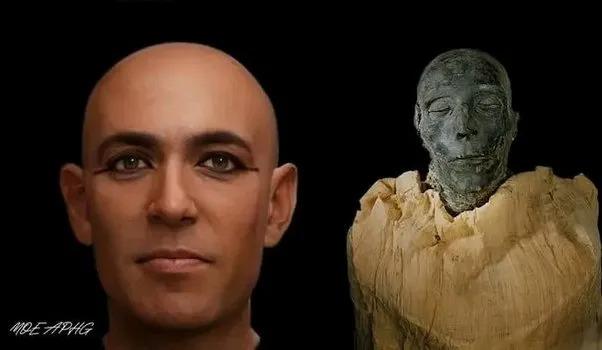
For centuries, they have unearthed the ancient graves of notable Africans from various empires, kingdoms and cultures, in an attempt to understand how Africa became so magnificent in civilization, technology and culture.
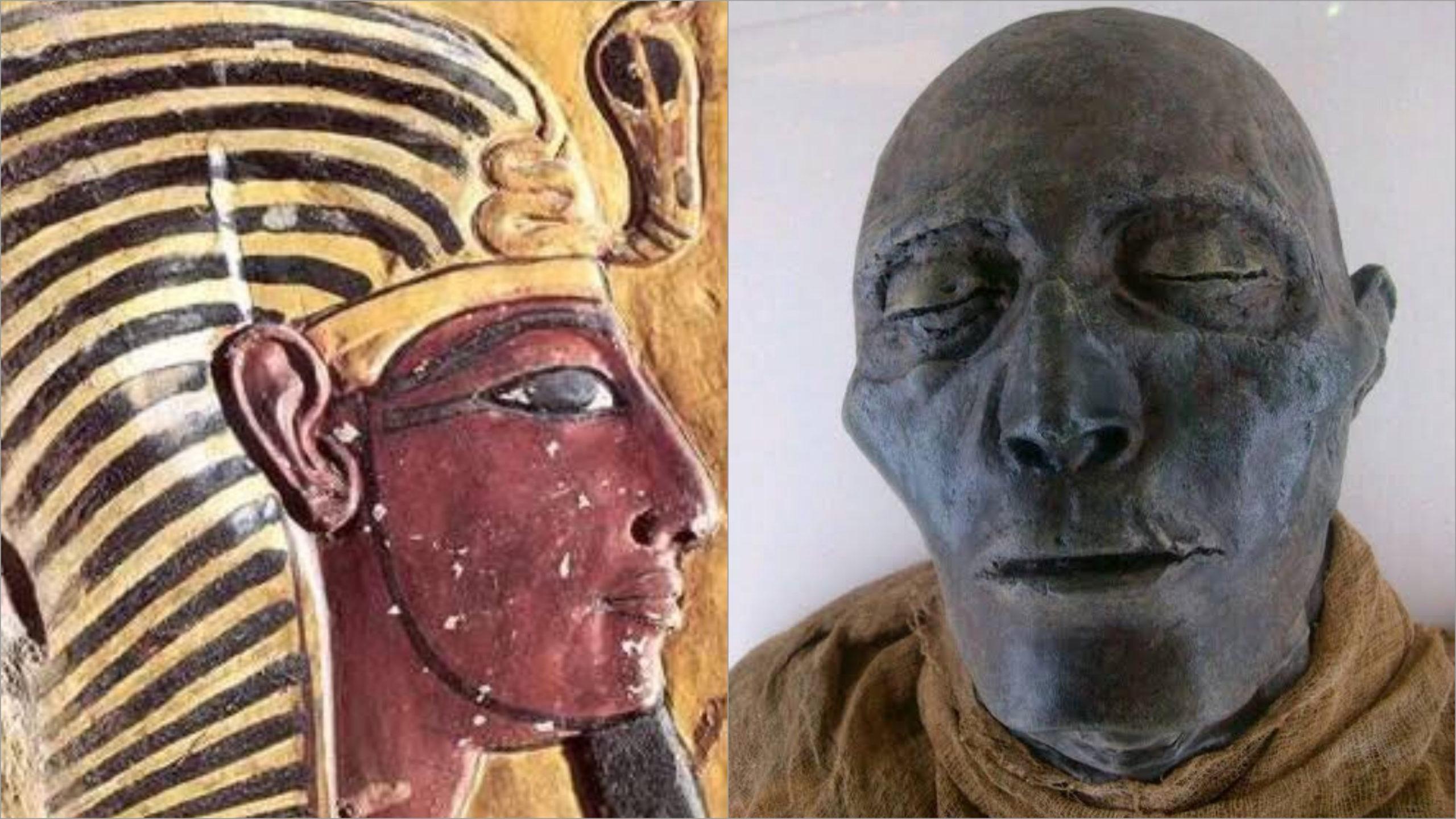
The more they searched, the more undeniable evidence they found that pointed to the fact that African civilization predated European and Western civilization. This led many Egyptologists and historians to find ways to debunk the black/African origin of ancient Egypt (Kemet).
For hundreds of years, they have tried to explain that Egypt was built by aliens, white people or even giants. But all these lies reach their lowest point when evidence such as the mummified face of Pharaoh Menmaatre Seti I is displayed.


